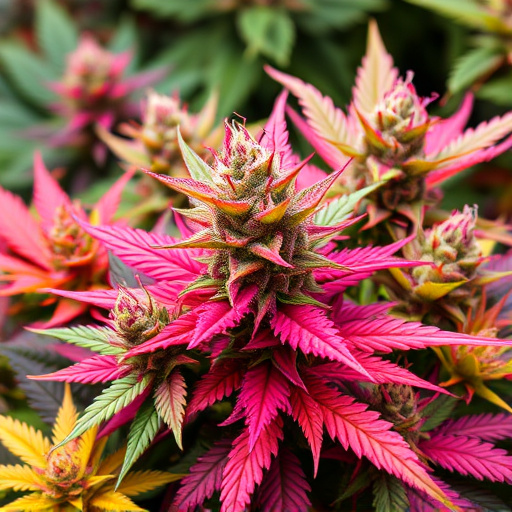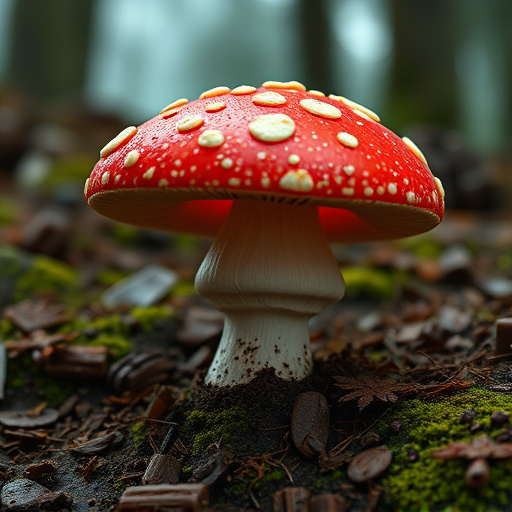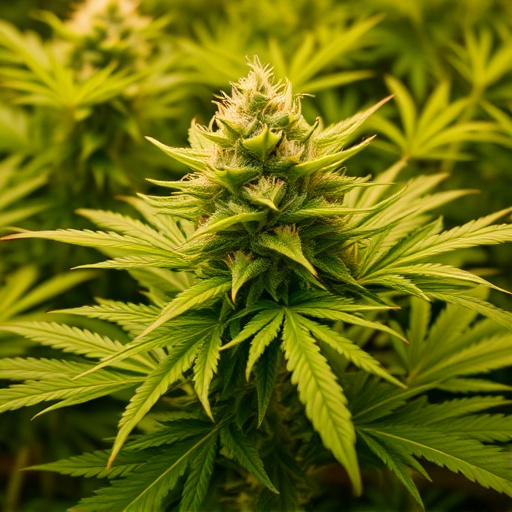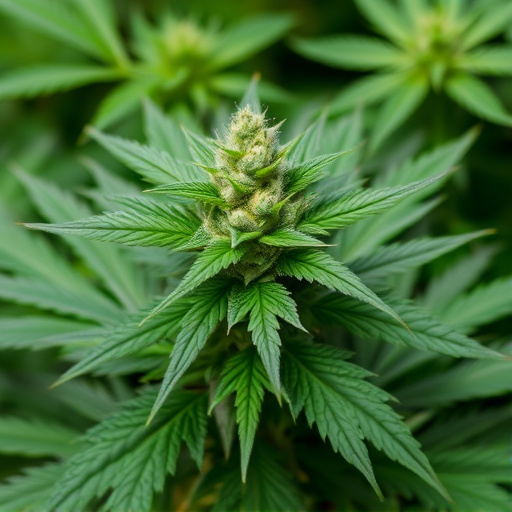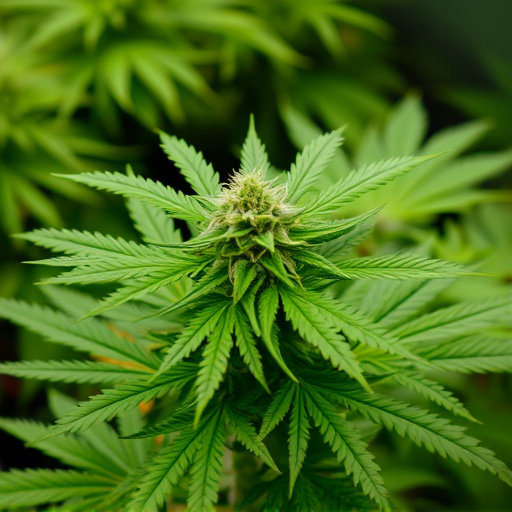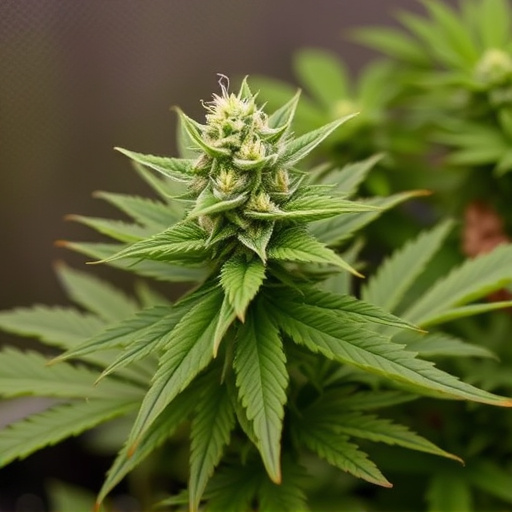Cannabis' unique aromas and flavors result from terpene compounds, which also make certain strains easier to cultivate at home due to their appealing scents and potential therapeutic benefits. Growers can selectively breed and manipulate conditions to produce specific terpene profiles in the easiest cannabis strains to grow, catering to diverse consumer preferences. Terpene diversity offers users a range of sensory experiences while helping cultivators create balanced blends.
Cannabis flowers are renowned for their potent aromas, ranging from earthy and sweet to citrusy and spicy. The strong scent isn’t just appealing; it’s a defense mechanism for the plant, attracting beneficial insects while deterring predators. This intriguing fragrance is largely attributed to terpenes, volatile organic compounds that also give many fruits, herbs, and flowers their characteristic smells. In this article, we’ll explore the role of terpenes in cannabis aroma, genetic factors influencing strain scents, and cultivation techniques for enhancing these desirable fragrances, even with the easiest cannabis strains to grow.
- The Role of Terpenes in Cannabis Aroma
- – Explain what terpenes are and their function in cannabis plants
- – Discuss how different terpenes contribute to the variety of scents
The Role of Terpenes in Cannabis Aroma
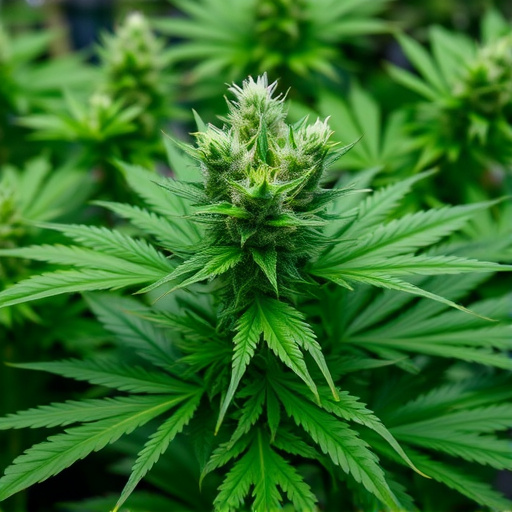
Cannabis flowers emit their distinctive aroma thanks to a diverse range of chemical compounds, with terpenes playing a pivotal role. These volatile organic compounds contribute significantly to the unique scent and flavor profile of different cannabis strains. Terpenes are not exclusive to cannabis; they’re also found in many other plants, giving them a distinct smell. In cannabis, specific terpenes can vary between strains, offering users diverse sensory experiences.
Many growers consider terpenes one of the essential factors when selecting the easiest cannabis strains to grow due to their impact on both aroma and potential therapeutic effects. Certain terpene profiles can enhance or alter the effects of cannabinoids like THC and CBD, making some strains more appealing for specific purposes. Understanding terpene interactions allows cultivators to create balanced blends with desirable aromas, catering to a wide range of preferences among cannabis enthusiasts.
– Explain what terpenes are and their function in cannabis plants
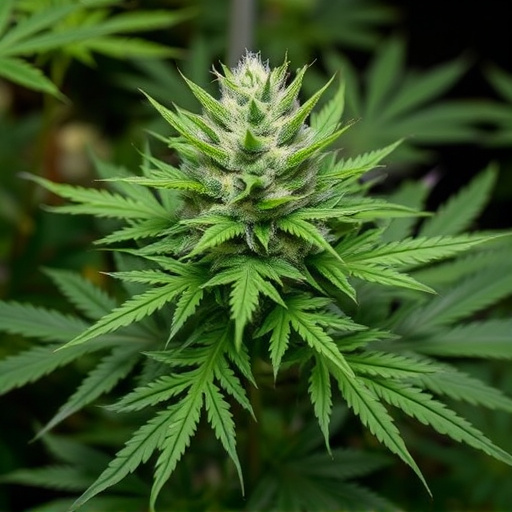
Cannabis flowers emit their distinctive aromas thanks to a group of organic compounds called terpenes. These volatile chemicals play a crucial role in how we perceive the scent and flavor of cannabis, with each strain possessing a unique terpene profile that contributes to its characteristic smell and potential effects. Terpenes not only make cannabis more appealing to consumers but also serve as a defense mechanism for the plant. They can deter predators like insects and herbivores by masking the plant’s other volatile compounds, which are essential for photosynthesis and communication between plants.
When it comes to growing the easiest cannabis strains to cultivate at home, selecting varieties with higher levels of specific terpenes can enhance both the aroma and potential therapeutic benefits. For instance, strains rich in myrcene are known for their earthy, musky scent and are often sought after by amateurs due to their relatively simple cultivation process. Limonene-rich strains offer a citrusy fragrance and are also considered beginner-friendly, as these terpenes are responsible for the uplifting effects many associate with cannabis.
– Discuss how different terpenes contribute to the variety of scents
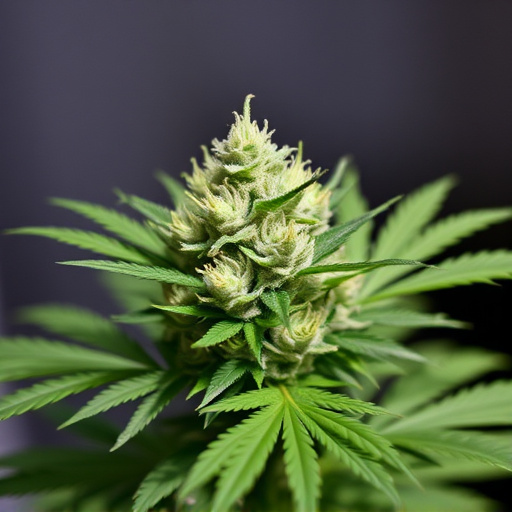
Cannabis flowers produce a diverse range of scents due to the presence of various terpenes, which are aromatic compounds responsible for the unique odours we associate with different plant species. Each terpene contributes to the overall fragrance, creating a complex and sometimes overpowering aroma. For instance, myrcene is commonly found in many cannabis strains and is known for its earthy, musky scent, often described as reminiscent of mangoes and pineapples. Limonene, on the other hand, imparts citrusy notes, making it easy to detect in strains like ‘Citrus’ or ‘Lemon Skunk’.
The variety of terpenes in cannabis flowers is a result of genetic diversity, and cultivating the easiest cannabis strains to grow often involves selecting varieties with desirable terpene profiles. Growers can then manipulate growing conditions, such as lighting, temperature, and nutrition, to encourage specific terpenes, thereby creating strains with distinct aromas that cater to diverse consumer preferences.
Cannabis flowers emit such potent aromas due to the presence of terpenes, organic compounds that play a crucial role in attracting pollinators and protecting the plant. The variety of terpenes in cannabis contributes to the diverse scents we experience, with each strain offering a unique olfactory profile. When considering the easiest cannabis strains to grow, understanding the relationship between terpenes and scent can help cultivators select varieties that not only thrive but also produce flowers with distinct and desirable aromas.

